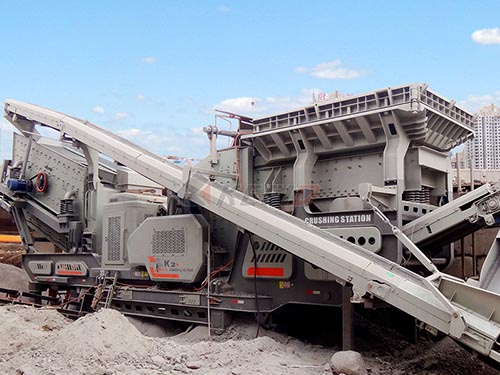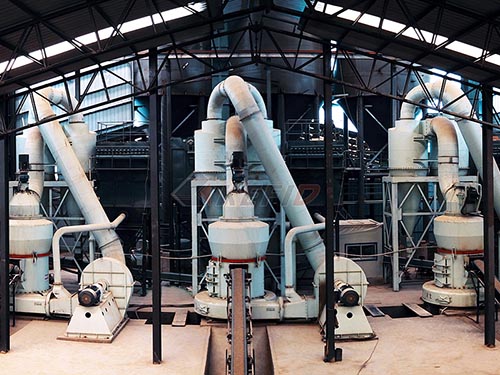Crusher Shaft
The Unsung Hero: Understanding the Critical Role of Crusher Shafts
Within the thunderous heart of mineral processing plants, quarries, and recycling facilities lies machinery tasked with reducing mountains of rock and rubble into manageable fragments – crushers. While jaws, cones, hammers, or rotors capture much of the attention as the visible agents of destruction, there exists a component working tirelessly in the shadows: the crusher shaft. Far more than just a simple rod of metal, this shaft is the indispensable backbone upon which crushing power and operational reliability fundamentally depend.
The Core Function: Transmitting Torque & Supporting Brutal Forces

Imagine an electric motor generating immense rotational power (torque). This power must be efficiently transferred to the crushing elements – whether they are swinging hammers in an impact crusher or an eccentric assembly driving mantle movement in a cone crusher. This is the primary mission of the crusher shaft: acting as a robust conduit for torque transmission from the drive system (motor via couplings/pulleys) directly to the crushing mechanism itself.

However, its role extends far beyond mere transmission:
1. Force Bearing: During crushing operations colossal forces are generated – compressive forces as rocks are squeezed between surfaces and intense impact forces as materials collide at high velocity with hammers or liners.
2. Torsional Stress: Transmitting high torque inherently subjects the shaft to significant twisting forces.
3. Bending Moments: Uneven loading or material blockages can induce bending stresses along its length.
4. Vibration Damping: The shaft must withstand and help mitigate vibrations generated by unbalanced loads or impacts within the crushing chamber.
Essentially, the crusher shaft serves as both an engine's drive axle and its structural spine, simultaneously handling massive power transfer while resisting complex multi-directional stresses that would instantly destroy lesser components.
Design & Engineering: Precision Under Pressure
Creating a component capable of enduring such relentless punishment demands meticulous engineering:
Material Science: Crusher shafts are typically forged from high-strength alloy steels (e.g., AISI 4140/4340 grades). These alloys offer exceptional tensile strength combined with good ductility and toughness – vital properties for resisting fatigue failure under cyclic loading.
Heat Treatment: Processes like quenching and tempering are critical to achieve precise hardness profiles throughout the cross-section – hardened surfaces resist wear at bearing journals while maintaining a tough core resilient against shock loads.
Precision Machining: Journals where bearings seat must be


